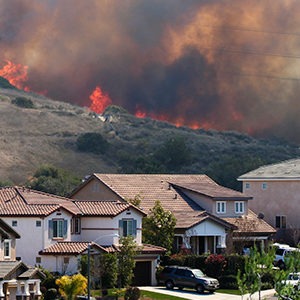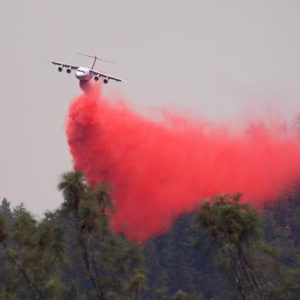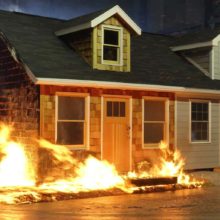Headwaters Economics’ Kimiko Barrett, Ph.D., gave this presentation at the virtual series, Building Wildfire Resilience in the West sponsored by Philanthropy California. Additional presenters included:
· Dr. Michael Mann, Distinguished Professor of Atmospheric Science at Penn State
· Stephen Pyne, Emeritus Professor and wildfire historian at Arizona State University
· Margo Robbins, Cultural Fire Management Council Member, Yurok Tribe
· Helge Eng, Deputy Director, CAL FIRE
Increasing impacts from natural disasters underscore the need for communities to plan, mitigate, and respond to multiple risks. Community resilience to wildfire requires an intentional shift toward community adaptation given the inevitability of wildfires and other environmental hazards.
Community adaptation implies the ability to not only absorb an environmental stress such as wildfire but to adjust and survive future shocks as well. Community adaptation requires an anticipatory perspective and planning for a natural disaster before it occurs.
Recent research has provided a wealth of information on wildfire behavior and the science of home ignition. Understanding how a single structure burns and threatens nearby homes can help break the sequence of events that can lead to a larger urban conflagration and wildfire disaster.
Home Ignition
Embers, or “firebrands,” are responsible for a majority of home loss in a wildfire. Flying a mile or more ahead of a wildfire, embers can land on flammable surfaces and grow into larger fires.
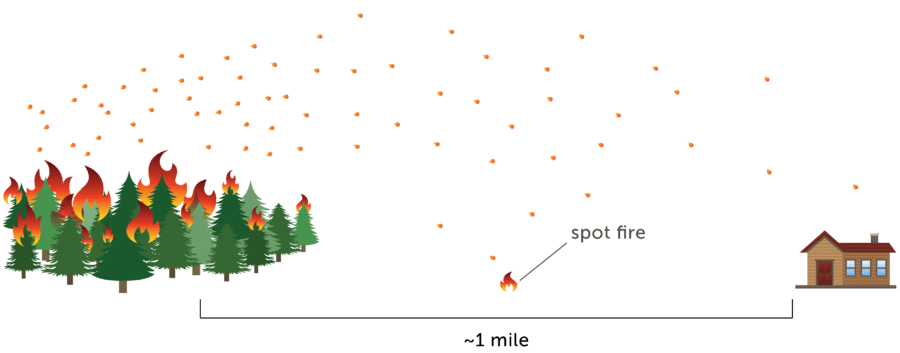
Homes are highly combustible and release an enormous amount of energy when they burn. When a single home is ignited, the radiant heat from the burning home coupled with surface fires and ember transport threaten neighboring structures.
To increase a home’s survivability during a wildfire, and correspondingly protect the larger neighborhood and community, ignition vulnerabilities in and around the home must be reduced.
Land Use Planning to Reduce Risks
A single well-built, wildfire-resistant home will not reduce risks to a community. To ensure that all structures and properties are effectively mitigated, land use planning is needed.
Land use planning can integrate wildfire mitigation measures directly into the development process through regulations, ordinances, and codes. A wildland-urban interface code, for example, can require wildfire-resistant building materials, defensible space, adequate access, and sufficient water supply for all homes built in high-hazard areas.
The Community Planning Assistance for Wildfire (CPAW) program offers communities professional services and technical assistance to inform land use planning in wildfire-prone areas. By providing land use planning recommendations, hazard assessments, capacity trainings, and customized research products, CPAW helps communities understand, identify, and incorporate wildfire mitigation strategies into the development framework.
By planning homes and neighborhoods to live alongside wildfire, a community can survive a wildfire without it becoming a disaster. Land use planning can help create communities truly adapted to a future of increasing wildfire risks.
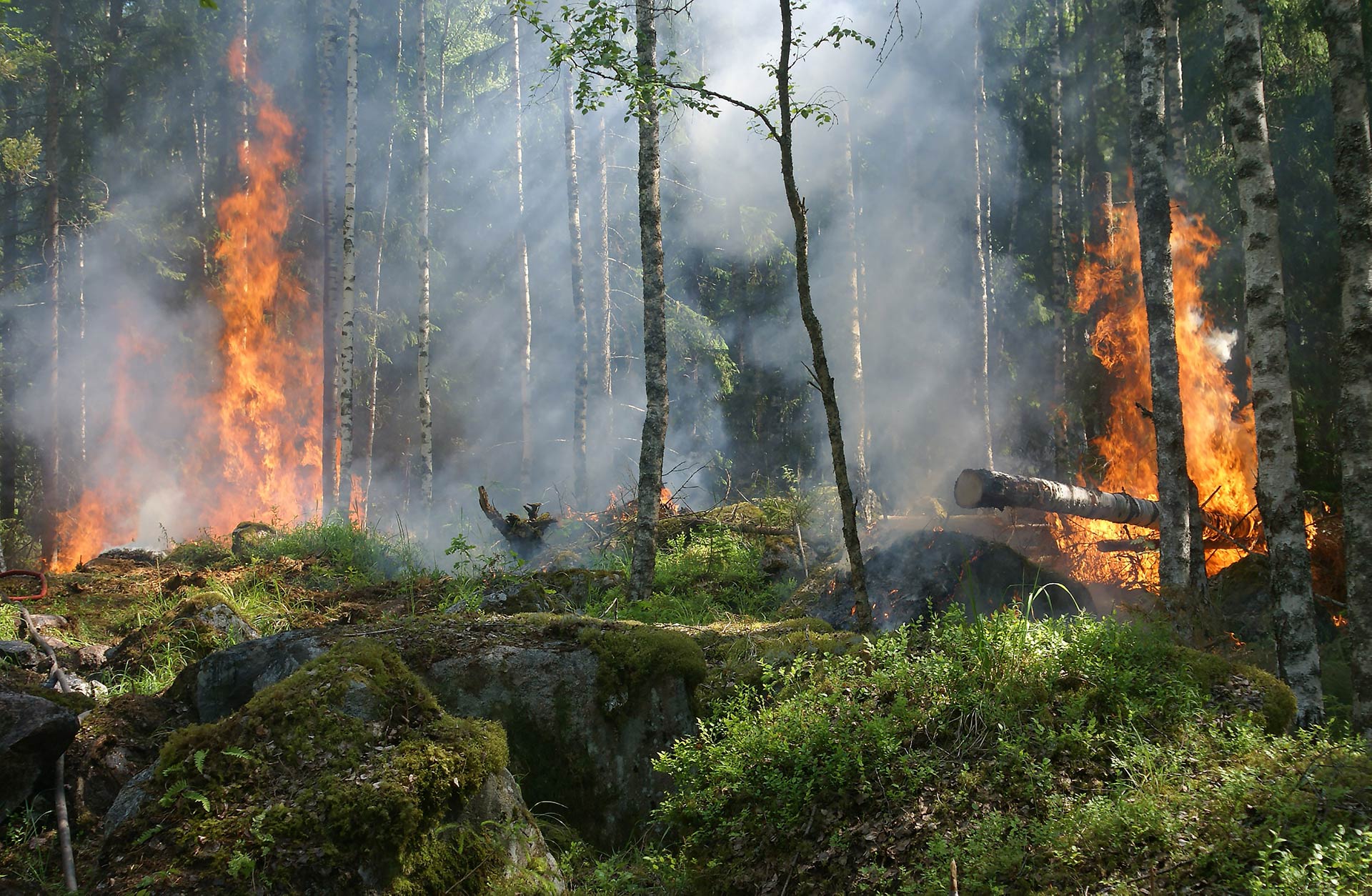
Community Planning Assistance for Wildfire
Community Planning Assistance for Wildfire (CPAW) works with communities to reduce wildfire risk through improved land use planning. The program is a program of Headwaters Economics, in partnership with the USDA Forest Service.

